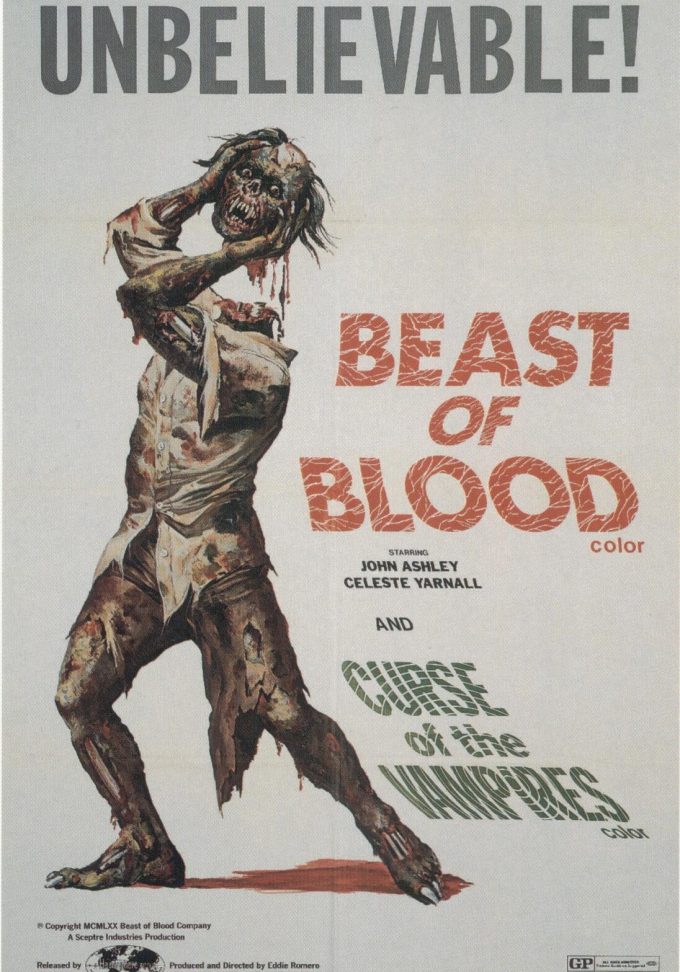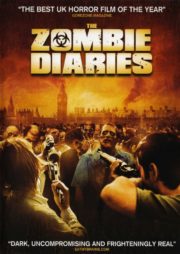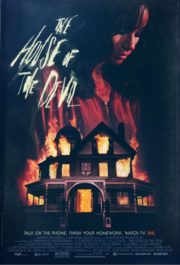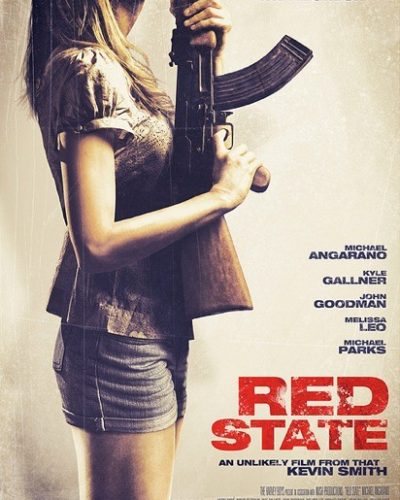Whispers in the Jungle: The Lurking Fear of “Beast of Blood”
In the realm of 1970s horror cinema, “Beast of Blood,” directed by Eddie Romero, rears its head as a curious yet strangely enthralling creature feature. Released in 1971, this movie forms the closing chapter of Romero’s notorious “Blood Island” series. The tale picks up following the fiery conclusion of its precursor, as Dr. Bill Foster returns to Blood Island to dispose of his monstrous creation. But when the beast survives, disfigured and enraged, a new spree of terror begins, leaving viewers clinging to the edges of their seats. At its core, the film strives to skirt the boundaries between mad science and jungle horror, cultivating a niche atmosphere fraught with danger lurking behind lush foliage.
Through the Green Inferno: Crafting Atmosphere and Tone
The cloak of the jungle offers “Beast of Blood” an advantage in enveloping its audience in a specific horror atmosphere. Suspense slithers through the vines as the screen flickers with shocking visuals of a severed head retaining life, a concept that pokes at the primitive fear of dismemberment and violation of nature’s rules. Romero’s approach to tension relies on the ol’ bait and switch, causing viewers to anticipate horror in one moment and delivering it in another. The director seldom shies away from spilling buckets of bright reds against the greens of the jungle, creating a stark visual contrast that isn’t soon forgotten.
Behind the Veil of Shadows: Cinematography and Sonic Abominations
From the flickering flames of the opening scenes to the eerie moonlit sequences in the concluding acts, the cinematography of “Beast of Blood” is a pure product of its time. The lighting oscillates between heavy shadow play to the stark, raw exposure of daylight horror, while the camera angles often seek to disorient and discomfort. Special effects, though primitive by modern standards, have an earnest charm about them, enhancing the film’s granularity rather than hindering it.
The soundtrack, a melange of discordant tunes and jungle beats, does its duty to unnerves the senses. Strategic employment of silence punches up the target scenes, making each scream or snarl that breaks the calm all the more spine-chilling. These sonic choices, coupled with visual aesthetics, form a unified front that drives the sensation of unrelenting dread.
The Heart of the Monster: Characterization and Performances
While the characters may not have the luxuriant development of modern horror protagonists, “Beast of Blood” offers enough to cement their roles in the narrative. The actors, including John Ashley and Celeste Yarnall, perform admirably given the genre’s expectations. Their reactions to terror, though occasionally overwrought, offer a window into a more theatrical era of horror that aficionados can appreciate.
The horror elements primarily tread within the domains of supernatural and body horror domains. The film both fits snugly into these categories and toys with their boundaries, challenging viewers with its gruesome medical procedure scenes and otherworldly survival of the detached head. Ambitious for its time, “Beast of Blood” deploys a combination of psychological scares and visceral shocks, a mixed bag in terms of execution but not without its effective moments.
The Scream That Echoes: Impact and Effectiveness
Themes of science gone awry and the intrusion of modernity into nature run like veins throughout “Beast of Blood.” These undercurrents offer a glimpse at broader existential fears, albeit without deep-diving into philosophical discourse. Crafted during an era when eco-horror began to take shape, it inadvertently comments on human interference with natural order, melding this with the era’s fascination with mad science.
“Beast of Blood,” for all its camp and schlock, stands as a peculiar landmark in horror movie history. Its ability to evoke fear is largely nostalgic, gripping viewers with a fondness for the genre’s less sanitized past. Horror purists and those seeking a retro trip into the world of B-movies will find their hearts racing with delight, though the casual viewer may find it lacks the polish and finesse of modern terror tales.
Although it might not be heralded alongside the greats like “Psycho” or “The Exorcist,” it serves as a historical stepping stone that connects the dots between the atomic horror of the ’50s and the eventual rise of slasher films. Those with an appetite for cult classics or seeking an education in horror’s evolutionary steps will not be disappointed.
To conclude, “Beast of Blood” may be an acquired taste, with glaring strengths and weaknesses that will resonate differently with each viewer. Its appeal is undoubtedly niche, but within that niche, it delivers an experience that spans the gamut from spine-tingling to chuckle-inducing. A heeded advisory for the faint of heart: expect blood, expect screams, and expect the unexpected. For risk-takers and nostalgia-seekers, this beast awaits your brave audience.




